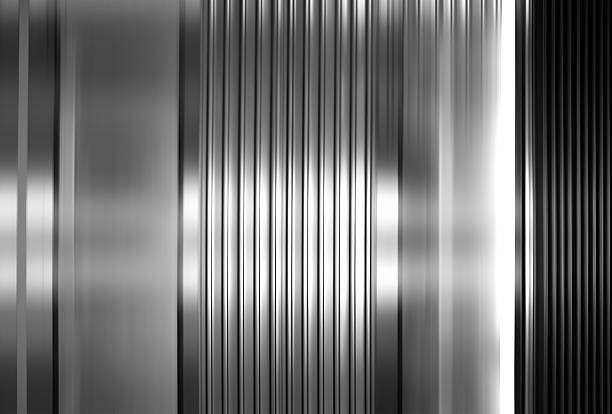Polishing chrome is essential to maintain its lustrous shine and protect it from tarnishing over time. Whether it’s on your car, motorcycle, or household fixtures, a good polishing routine can keep your chrome looking brand new.
Materials You Will Need
Before you start polishing your chrome, gather all the necessary materials. This will make the process smoother and more efficient. Here are the items you’ll need:
- Chrome cleaner or polish
- Soft microfiber cloth or sponge
- Bucket of warm soapy water
- Old toothbrush
- Clean, dry towels
- Wax or sealant (optional for extra protection)
Step-by-Step Instructions
Follow these step-by-step instructions to polish your chrome effectively. Taking the time to do each step properly will ensure the best results.
- Clean the Surface: Start by washing the chrome with warm soapy water to remove any dust, dirt, and grime. Use a sponge or microfiber cloth to scrub gently. Rinse thoroughly with clean water and dry with a towel.
- Apply Chrome Cleaner: Dab a bit of chrome cleaner or polish onto a soft cloth. Use a circular motion to apply the cleaner to the chrome surface. Make sure you cover all areas evenly.
- Buff the Surface: After applying the cleaner, use a dry microfiber cloth to buff the chrome. This will remove any excess cleaner and enhance the shine.
- Detail with Toothbrush: For hard-to-reach areas or stubborn spots, use an old toothbrush. Dip the toothbrush in the chrome cleaner and scrub gently.
- Final Rinse and Dry: Give the chrome a final rinse with clean water. Dry it thoroughly with a clean towel to prevent water spots.
Maintaining Polished Chrome
Once you’ve polished your chrome, it’s important to maintain it to keep it looking its best. Regular maintenance can prevent rust and tarnish, extending the lifespan of your chrome fixtures.
Here are some maintenance tips:
- Wipe chrome surfaces regularly with a dry, soft cloth to remove fingerprints and smudges.
- Avoid using abrasive cleaners or sponges that can scratch the chrome.
- Apply a layer of wax or sealant if the chrome is exposed to harsh weather conditions.
- Inspect chrome fixtures regularly for any signs of damage or rust and address them immediately.

Common Mistakes to Avoid
When polishing chrome, certain mistakes can do more harm than good. Here’s what to avoid:
- Using abrasive materials: These can scratch the surface and ruin the shine.
- Skipping the cleaning step: Polishing on a dirty surface can spread dirt and cause scratches.
- Neglecting to dry: Water spots can dull the shine and create a breeding ground for rust.
- Over-polishing: Excessive polishing can strip away the chrome layer.
Conclusion
Polishing chrome doesn’t have to be a daunting task. With the right materials and techniques, you can easily restore and maintain the shine of your chrome fixtures. Regular cleaning and careful maintenance are essential to keep your chrome looking stunning for years to come. Remember to avoid common mistakes and your chrome will remain a point of pride.
FAQs
Q1: Can I use household items to clean chrome?
A: Yes, items like baking soda and vinegar can be used for a natural clean, but specialized chrome cleaners are more effective for polishing.
Q2: How often should I polish chrome?
A: Polishing chrome once every few months should be sufficient, depending on exposure to elements and usage.
Q3: Is there a difference between chrome polish and chrome cleaner?
A: Yes, chrome cleaners are primarily for removing dirt and grime, while chrome polishes are designed to enhance the shine and provide protection.
Q4: Can I polish scratched chrome?
A: Minor scratches can often be buffed out, but deep scratches may require professional repair or re-chroming.
Q5: What is the best way to prevent rust on chrome?
A: Regular cleaning, drying, and applying a protective sealant can help prevent rust and keep your chrome in good condition.
